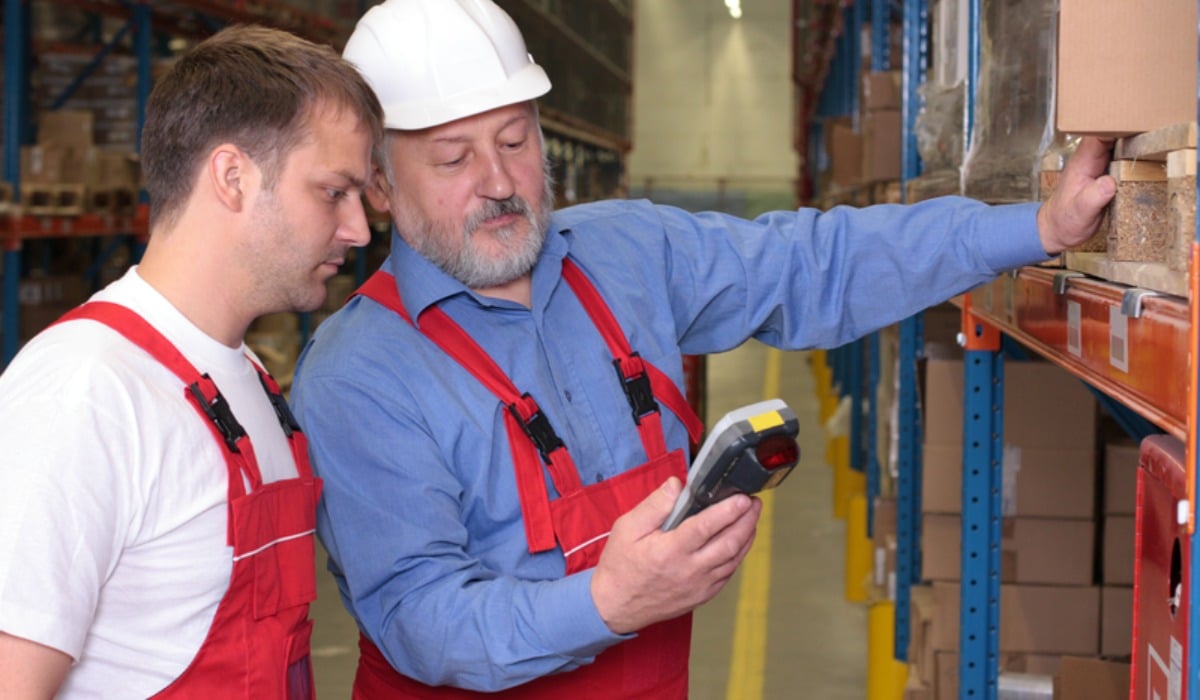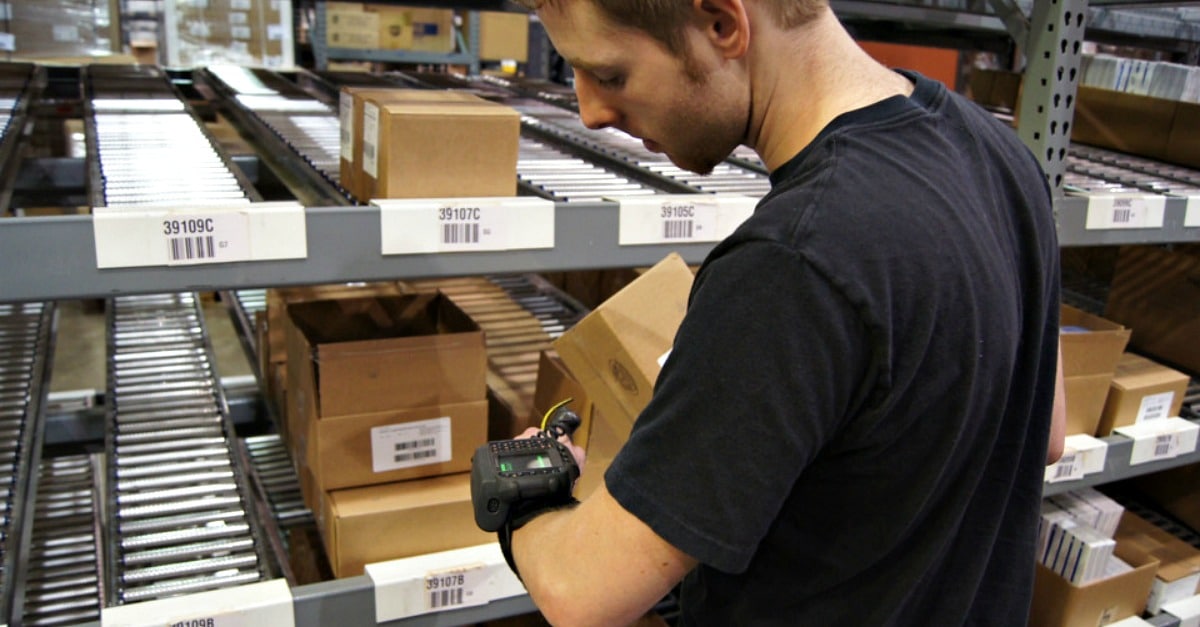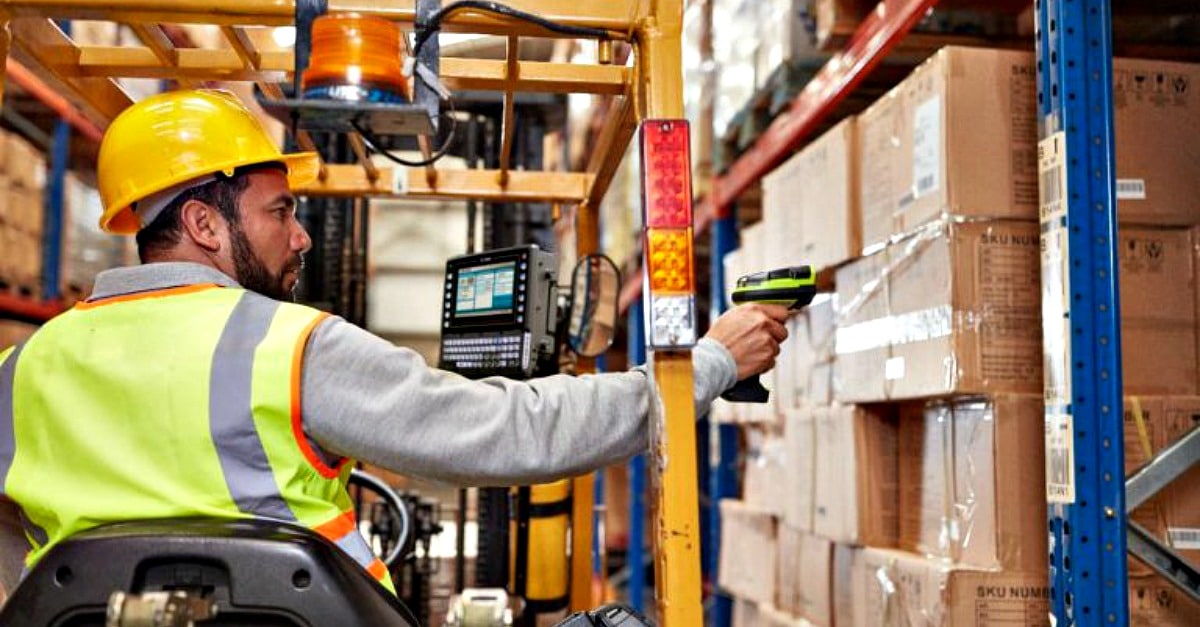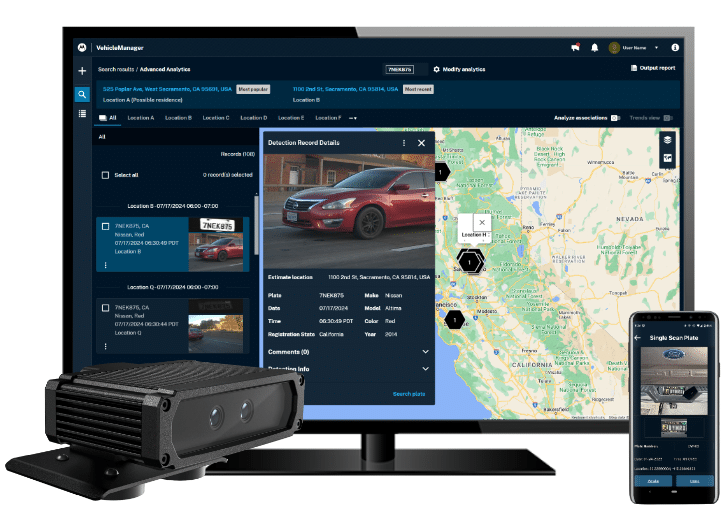Relentless demand for lightning speed service has forced many distribution and fulfillment operations to make smart investments or face extinction. If you don’t want to be seen as the weak link in your supply chain, technology may be the best way to show your strength.
Grow Big or Go Home.
Just a few years ago, fulfillment and distribution work was slow, steady, and revolved around bigger chunks of inventory. Pallets were primary platforms for workers shifting bulk orders around on forklifts and then loading them onto trucks according to pre-set schedules. Shipments were mainly sent to stores, routinely and predictably, with only minor fluctuations tied to special promotions or seasonal changes.
Enter 2020 and throw in a pandemic. Millions of consumers have shifted from browsing bricks and mortar to buying those same products online, and the supply chain has suddenly been forced to meet new demands. Jim Tompkins, Chairman of Tompkins International calls it “the next normal.”
Pallets are still part of the picture, but everything is more complicated. There’s more risk of errors but less tolerance for problems. Accuracy and speed ultimately dictate survival. Consumers demand one or two-day shipping or they’ll buy from someone else. That means the same old ways won’t work anymore.
The new bottom line for fulfillment and distribution enterprises is the ability to move more products faster without mistakes. And the ability to anticipate what’s coming down the pike is the superpower everyone seeks.

E-Commerce Realities.
The next normal for e-commerce isn’t gradual. And you can only push your people so hard before they lose their motivation. Humans are the backbone behind successful operations, but the reality is, they cost a lot of money and often make mistakes. There are also serious limits on how fast they can work.
Technology can help humans work faster, but only if they buy into its usefulness on the job. If they’ve been using clipboards, scratch pads, and carbon copies for years, they may find new software daunting and cling to inefficient processes. Introducing new technology to your team is a process and operations may temporarily slow down while everyone gets up to speed. It’s worth it. And it will show in your delivery sooner than you think.
Using the right software to organize inventory can prevent needless repetitive actions, such as workers wasting time retracing their steps, walking up and down the same long aisles over and over looking for products for shipment.
Most distribution and fulfillment centers are a long way from full automation, but it’s not far off. In the meantime, workers need better tools that help them meet demands. They’re juggling more customers than ever before and technology is the only way they can keep all the balls in the air.
Routine shipments to retail stores are now only part of the job as more companies focus on end-consumer demands. The shift is profound and requires complex Warehouse Management System (WMS) software both inside and outside of a facility.
Where Tech Meets Task.
While software is quickly becoming the backbone of fulfillment center operations, it’s only as good as the data fed into it. WMS depends on accurate and timely information inputs. The people and machines controlling your inventory are the main sources of that input. Devices that can do even half the work of a human can exponentially increase your competitive advantage.
A great example is wearable technology that frees up human hands to do more important tasks. When complex identification and label data can be read from a wrist or finger scanner and automatically dumped into WMS, the need for additional inputs is eliminated and time is saved on every transaction.

Radio-frequency identification (RFID) can also bring more efficient operations but the technology is not a fit for everyone. RFID systems are common in large industrial environments focused on high-value items. Most fulfillment and distribution centers prefer barcode scanners because they work very well for picking, packing, and shipping smaller products.
Other technologies to look into? Access control and surveillance systems can be used for more than just security. Cameras and door locks can be tied into custom software so you can monitor and analyze the flow of people and materials going in and out of your warehouse. Access control systems can even create activity heat maps to reveal hidden problems where processes could be improved. These systems can also be used for compliance purposes, confirming certain actions have taken place, such as the transfer of products onto a truck.
With all the new technologies on the market, it would seem two-way radios are on their way out but that couldn’t be farther from the truth. Two-way radios are still the most dependable when it comes to emergencies on the warehouse floor. They are much more dependable than cell phones and are great for keeping humans connected across thousands of square feet of industrial space. And unlike cell phones, two-way radios give your company private dedicated channels so it’s easier to streamline conversations and limit unrelated chatter.

Growth Without Regret.
Is your operation slow to adopt smart technologies because you fear the cost? Consider the cost of sticking with the status quo where competitors using more efficient tools can easily knock you out of the game. The truth is, most new technologies eventually pay for themselves and may even help you gain more market share.
Are you worried about the hassle of rolling out a new system? No one wants to deal with disruption but the longer you wait, the harder it gets. There’s never a ‘good time’ to upgrade or adopt new tech, but since e-commerce demand isn’t going to subside so it’s best to plan for change sooner rather than later.
We should point out that logistics managers are often tempted to roll out new tech without professional help and that can significantly increase costs. We’re routinely called to replace DIY systems for reasons ranging from overall poor performance to profound and unexpected functional limitations. Technology roll-outs that have to be done multiple times waste a lot of time and money and can be avoided if you outsource deployment.
Commenco can manage the entire deployment process, which includes the installation of equipment and/or systems, configuration, testing, bug fixes, customization, changes, and employee training and support.
We are an independent technology service provider not tied to specific manufacturers so we can install, configure, and support all types of wireless technologies. We also operate the largest Technology Solutions Service Center in the Kansas City area.
We understand the need for speed and accuracy and our team has the equipment and expertise to help you optimize your operations and increase your competitive advantage.
See Equipment and Services for Distribution & Fulfillment Operations>>











